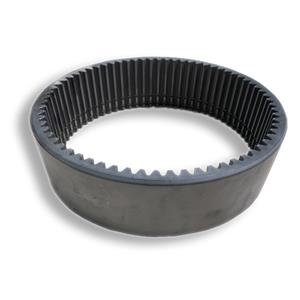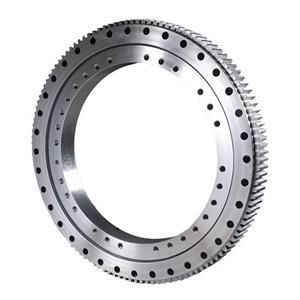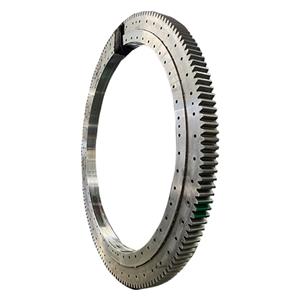How to choose the right slewing bearing?
When selecting a slewing bearing (also known as a slewing bearing), the following key factors need to be taken into account to ensure its performance, suitability and operating life:
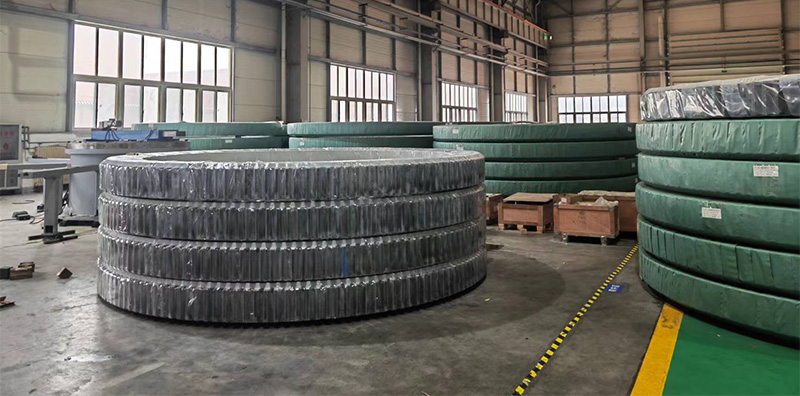
一丶Load type and size
Installation space: according to the equipment design to choose internal gear, external gear or no gear, and rolling body structure (single row of balls, double rows of balls or roller structure)
Cage: commonly used nylon isolation block, such as special working conditions can be used as a whole steel cage, or copper cage.
Size matching: the inner diameter, outer diameter and height should be matched with the equipment to avoid interference.
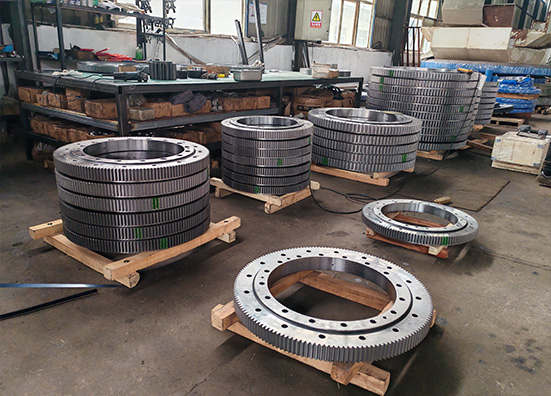
二丶Second, size and structure type
Installation space: according to the equipment design to choose internal gear, external gear or no gear, and rolling body structure (single row of balls, double rows of balls or roller structure)
Cage: commonly used nylon isolation block, such as special working conditions can be used as a whole steel cage, or copper cage.
Size matching: the inner diameter, outer diameter and height should be matched with the equipment to avoid interference.
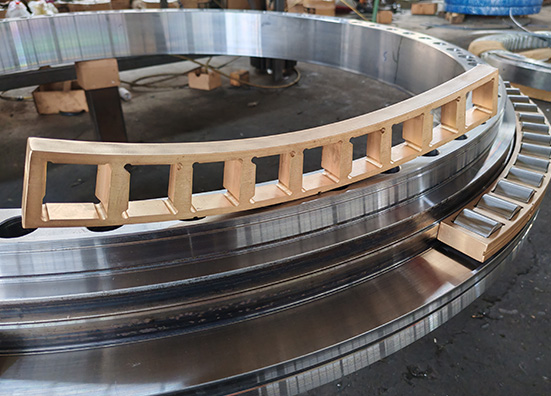
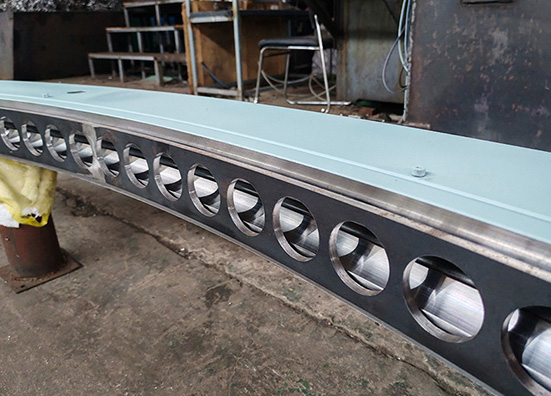
三丶Rotation Speed and Accuracy
Speed Requirements: High-speed applications require low-friction, high-precision models (e.g., crossed roller bearings).
Smoothness of operation: high-precision gearing requires the selection of high-quality gears with hardened tooth flanks.
四丶the material and heat treatment
Material: usually 50Mn (1050) or 42CrMo (4140) and other high-strength alloy steel, suitable for ultra-high-strength, shock-resistant or extreme temperature environments, the special material 316 (AISI 316 / 1.4401): containing molybdenum (Mo), resistant to corrosion of chlorine ions (such as marine environments). 440C (AISI 440C / 1.4125): high-carbon martensitic stainless steel, high hardness (HRC 58+), for wear-resistant but rust-resistant occasions. 1.4125): high carbon martensitic stainless steel, high hardness (HRC 58+), for applications where wear resistance is required but rust protection is needed.
Heat treatment: raceway surface quenching (hardness HRC 55-60) to enhance wear resistance, tooth quenching to improve fatigue resistance
五丶Sealing and Protection
Seal design: multi-lip seal or labyrinth seal to prevent dust and moisture intrusion (e.g. IP65 protection class). Iron sealing cover is optional for special working conditions.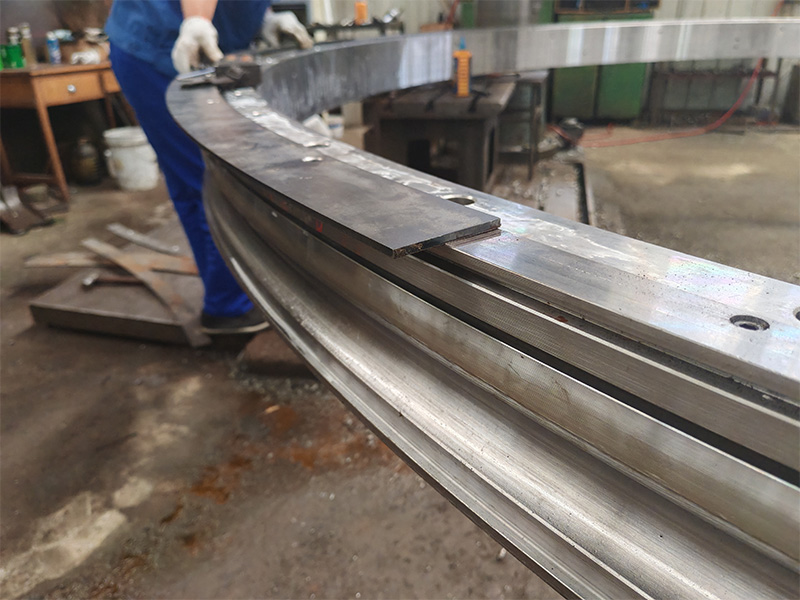
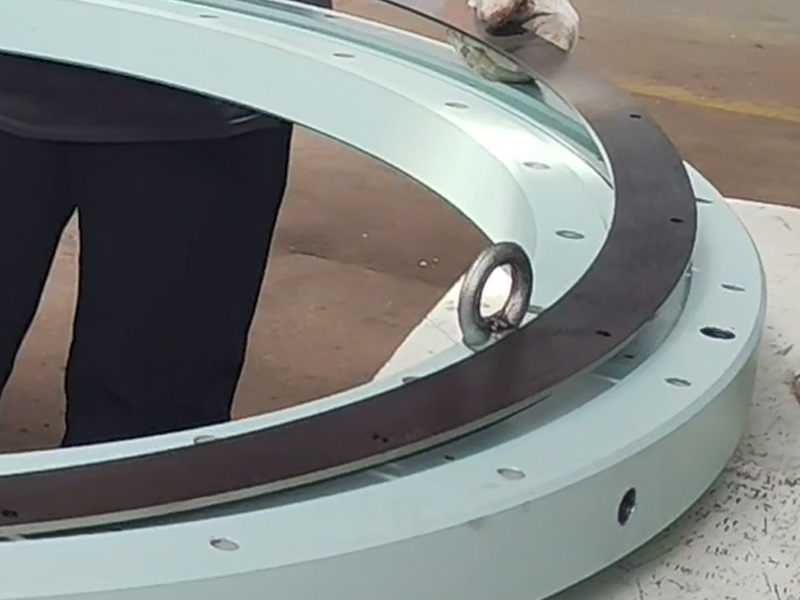
Environmental adaptability: corrosive environment requires stainless steel or special coating.
六丶Gear parameters (if applicable)
Gear accuracy: Module, number of teeth, pressure angle to be matched to the drive system.
Tooth surface treatment: grinding or hardening to improve life and transmission efficiency
七丶Installation and Maintenance
Mounting: bolted or flanged to ensure a rigid support surface.
Lubrication requirements: the convenience of regular lubrication (grease or oil lubrication).
八丶Operating Environment
Temperature Range: Extreme high or low temperatures require special materials or lubricants.
Risk of contamination: Dusty, humid or chemical environments require enhanced sealing.


